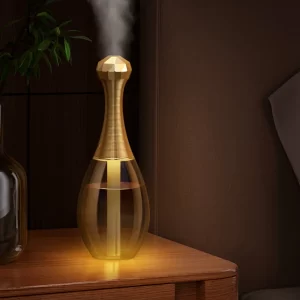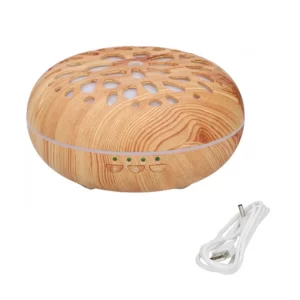Which is better for kids, a humidifier or a purifier?
Introduction
Creating a healthy environment for children is of utmost importance, especially when it comes to indoor air quality. Indoor pollutants and dry air can affect children’s respiratory health and overall well-being. To address these concerns, parents often consider using either a humidifier or an air purifier. However, understanding the unique benefits and considerations for each device is essential for making an informed decision. In this guide, we will explore the advantages and considerations of humidifiers and air purifiers for children, helping you determine which option may be better suited for your child’s needs.
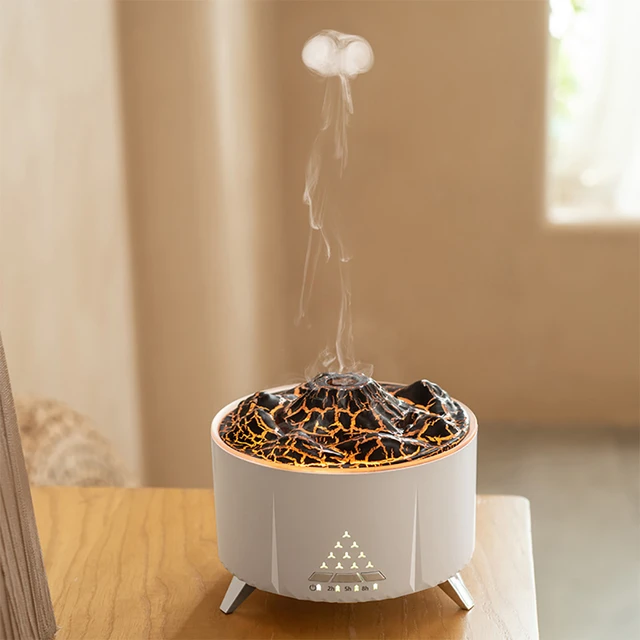
Which is better for kids, a humidifier or a purifier?
I. Understanding Children’s Health and Indoor Air Quality
-
Vulnerability to Indoor Pollutants:
- Children have developing respiratory systems that may be more susceptible to the adverse effects of indoor air pollutants. Poor indoor air quality can lead to respiratory issues, allergies, asthma, and other health concerns.
-
Dry Air:
- Dry air can cause discomfort and exacerbate respiratory symptoms, such as dry throat, nosebleeds, and coughing. Maintaining appropriate humidity levels is crucial to promote better respiratory health for children.
II. The Benefits of Humidifiers for Children
-
Adding Moisture to Dry Air:
- Humidifiers increase humidity levels in the air, providing relief from dryness and alleviating respiratory symptoms caused by dry air. Higher humidity can soothe dry nasal passages, reducing congestion and discomfort.
-
Support for Respiratory Health:
- Proper humidity levels positively impact the respiratory system, particularly for children with asthma or allergies. Humidifiers help keep the airways moist, making breathing easier and reducing the likelihood of asthma attacks or allergic reactions triggered by dry air.
-
Comfort during Sleep:
- By humidifying the air, a humidifier can create a more comfortable sleep environment for children. Adequate moisture in the air helps prevent the drying out of nasal passages and reduces the chances of waking up with a stuffy nose or discomfort.
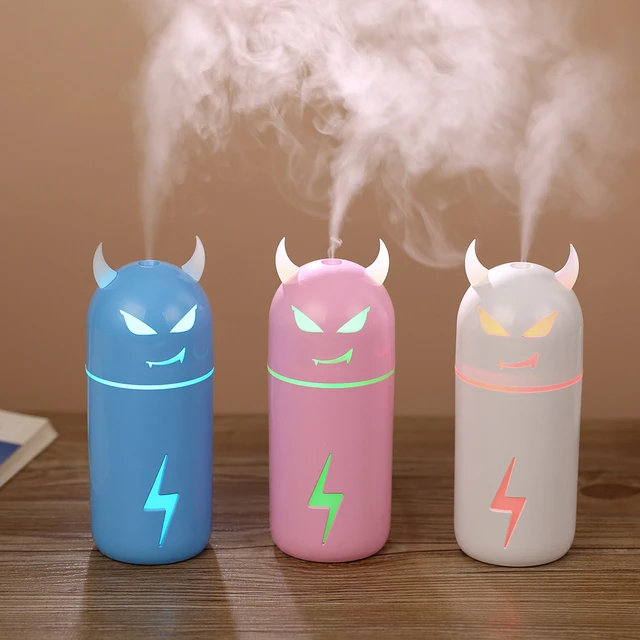
III. The Benefits of Air Purifiers for Children
-
Removing Allergens and Irritants:
- Air purifiers filter out airborne allergens, such as pollen, pet dander, dust mites, and other particles, diminishing triggers for respiratory allergies or asthma in children. Cleaner air promotes a healthier indoor environment.
-
Reducing Odors and Volatile Organic Compounds (VOCs):
- Air purifiers help eliminate odors and volatile organic compounds (VOCs) that may be present indoors. Removing these substances creates a fresher and more pleasant environment for children and can reduce potential respiratory irritations.
IV. Considering Children’s Specific Needs and Concerns
-
Respiratory Conditions or Allergies:
- For children with asthma, allergies, or other respiratory conditions, both humidifiers and air purifiers can provide relief. However, it is crucial to consult with a pediatrician or allergist to determine the most appropriate solution based on the child’s specific needs.
-
Evaluating Indoor Air Quality:
- Assess the indoor environment for potential triggers such as dust, pet dander, or pollen. If your child is susceptible to allergens or respiratory irritants, an air purifier may be beneficial in reducing exposure to these particles and improving overall air quality.
-
Monitoring Humidity:
- Consider the humidity levels in your home. If the indoor air is consistently dry, especially during winter months or in dryer climates, a humidifier can help maintain optimal moisture levels and benefit your child’s respiratory health.
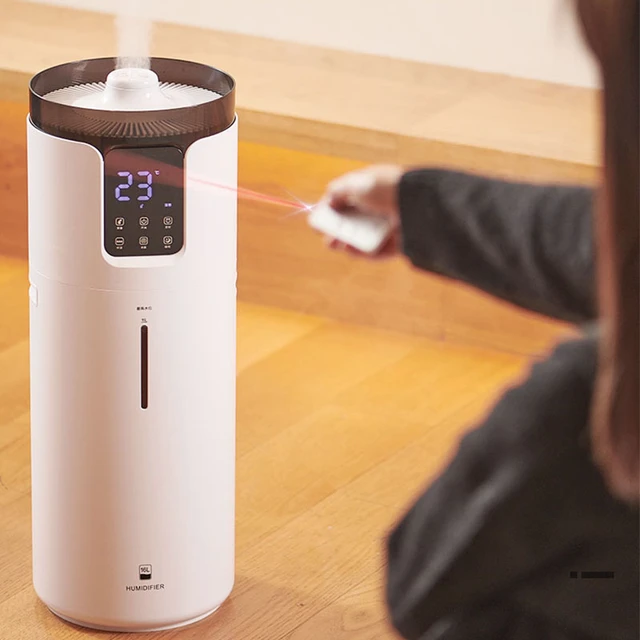
V. Managing Combined Benefits: Using Both Devices
-
Holistic Air Quality Approach:
- A combined approach using both a humidifier and an air purifier can provide comprehensive benefits. By using a humidifier to add moisture to the air and an air purifier to remove allergens and irritants, you can achieve a healthier indoor environment for your child.
-
Placement Considerations:
- Place the humidifier in the child’s bedroom or areas where they spend the most time to maximize the benefits of added moisture. Position the air purifier in common areas or rooms known to have higher levels of allergens or pollutants.
VI. Safety Considerations and Maintenance
-
Ensuring Safety:
- Follow safety guidelines provided by the manufacturer for both humidifiers and air purifiers. Keep cords and electrical components out of reach of children to prevent accidents or injuries.
-
Regular Cleaning and Maintenance:
- Maintain regular cleaning and maintenance routines for both devices. Follow the manufacturer’s instructions for cleaning, filter replacements, and any additional recommended maintenance. This ensures optimal performance and prevents the build-up of bacteria or mold.
VII. Professional Advice and Pediatric Consultation
-
ConsulTing with a Pediatrician or Allergist:
- If your child has specific respiratory conditions, allergies, or other health concerns, it is advisable to consult with a pediatrician or allergist. They can provide personalized advice and determine the best course of action to improve indoor air quality and respiratory health.
-
Seeking Professional Recommendations:
- For comprehensive solutions, consider consulting with HVAC professionals, indoor air quality experts, or specialists in pediatric respiratory health. They can provide tailored recommendations and additional interventions to support your child’s well-being.
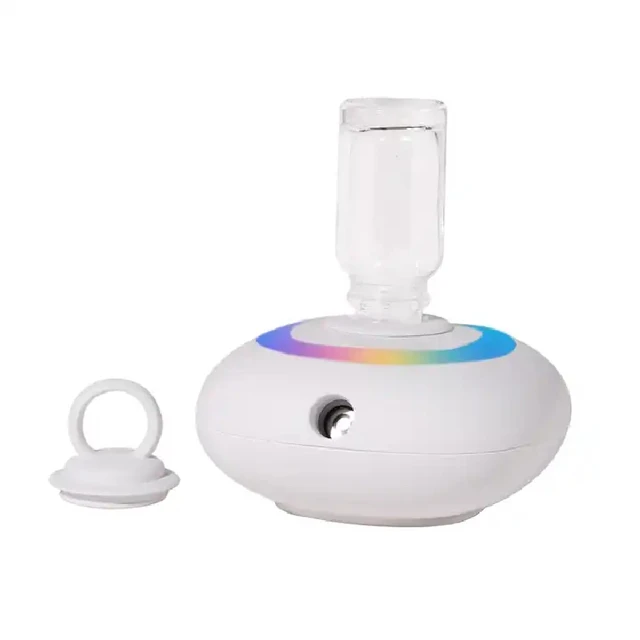
IX. Considering Child-Friendly Features and Designs
-
Child Safety Features:
- When selecting either a humidifier or an air purifier, consider devices with child-friendly features such as cool mist technology, child locks, or automatic shutoff functions. These features prioritize the safety and well-being of children.
-
Quiet Operation:
- Look for models that operate quietly, especially for use in children’s bedrooms. A whisper-quiet device ensures that your child can sleep soundly without disturbances from noise generated by the humidifier or air purifier.
-
User-Friendly Controls:
- Opt for devices with user-friendly controls, intuitive interfaces, and clear instructions. Easy-to-use features make it convenient for both parents and children to operate and adjust settings if needed.
X. Cost and Energy Efficiency Considerations
-
Upfront Costs:
- Compare the upfront costs of humidifiers and air purifiers, considering factors such as brand reputation, features, and warranty. Keep in mind that higher-priced devices may offer advanced features or greater filtration capabilities.
-
Ongoing Costs:
- Consider the ongoing costs of maintenance and consumables. Humidifiers require regular replacement of water filters or cartridges, while air purifiers typically require filter replacements. Factor in these costs when making your decision.
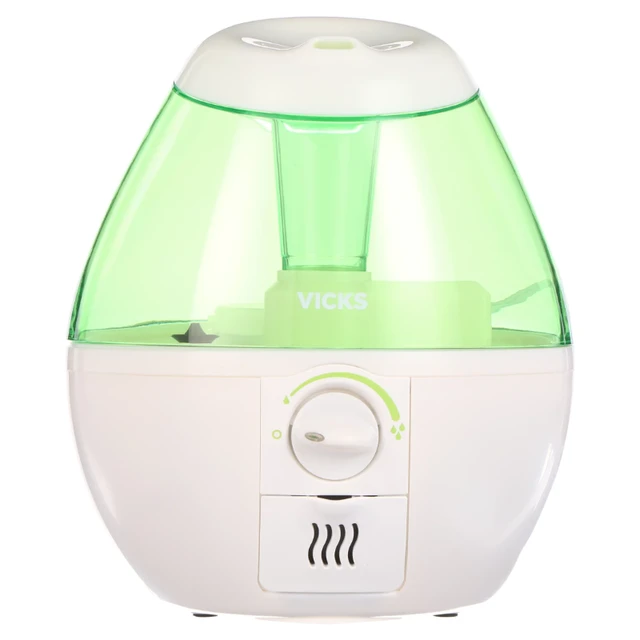
VIII. Conclusion: Providing a Healthy Indoor Environment for Children
Creating a healthy indoor environment for children is essential to safeguard their respiratory health and overall well-being. Both humidifiers and air purifiers offer unique benefits. Humidifiers provide relief from dryness, maintain proper humidity levels, and alleviate respiratory symptoms caused by dry air. Air purifiers, on the other hand, help remove allergens, particles, and odors from the air, reducing respiratory irritations and promoting cleaner indoor air.
Consider your child’s specific needs and concerns, such as respiratory conditions, allergies, or indoor air quality issues, when choosing between a humidifier and an air purifier. Understanding their uses and benefits will guide you in selecting the most suitable device. If necessary, consult with pediatricians, allergists, or indoor air quality professionals for personalized recommendations.
By providing a healthy indoor environment through appropriate devices and measures, you can support your child’s respiratory health and create a comfortable atmosphere for them to thrive. Both humidifiers and air purifiers have their place in ensuring the well-being of children, and the optimal choice depends on individual circumstances and specific respiratory needs.
